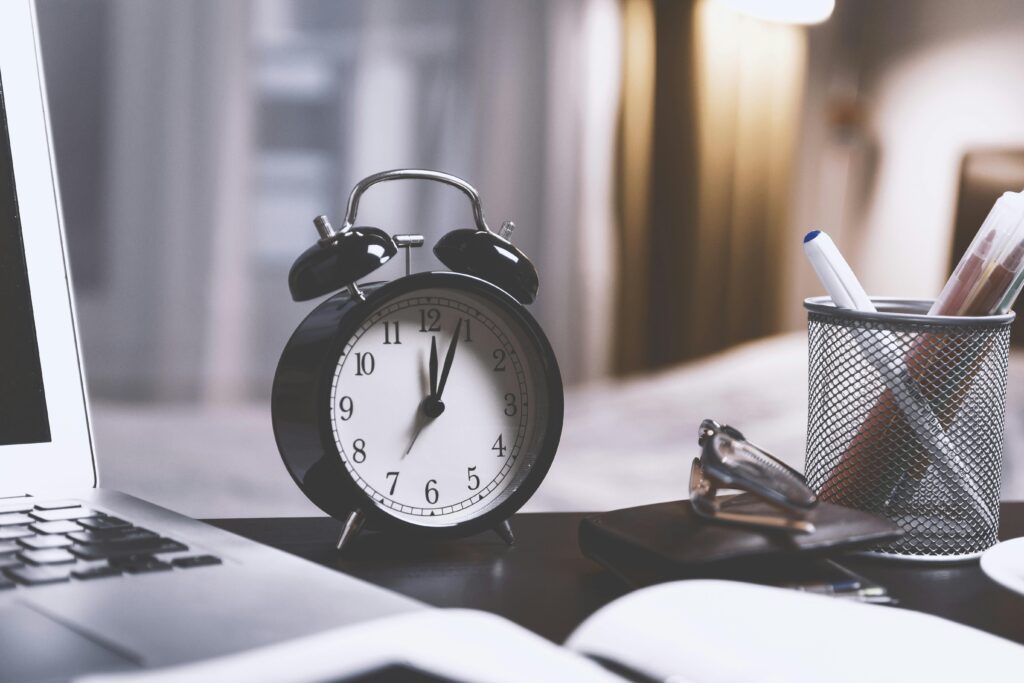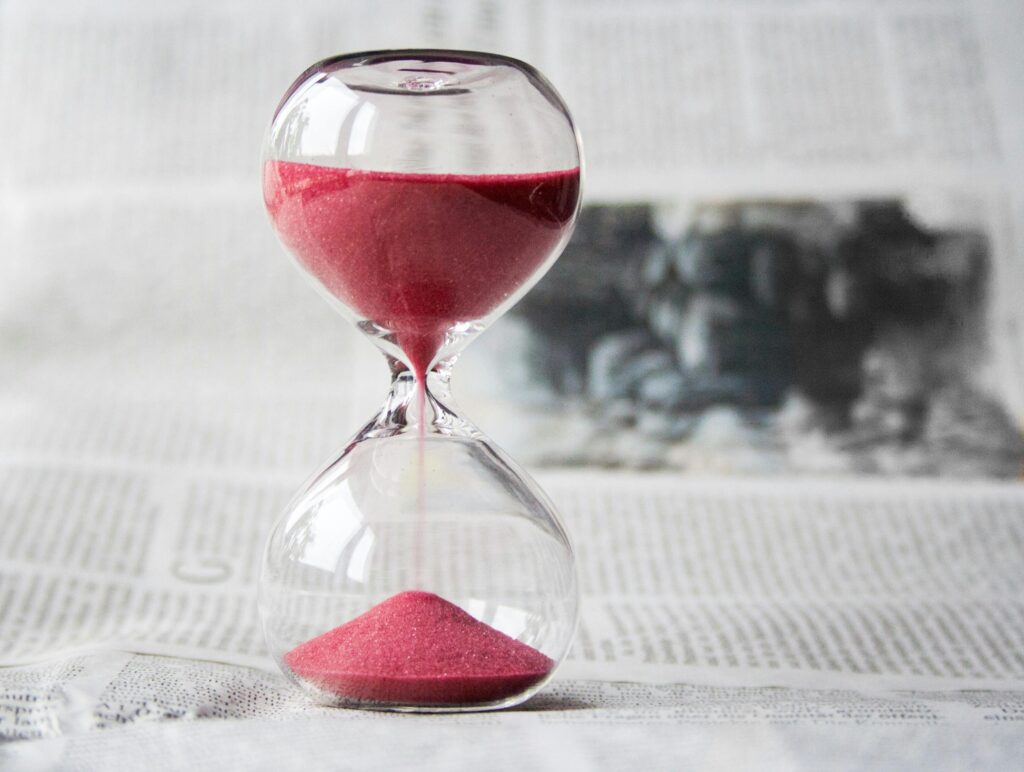You’ve probably been there — it’s somewhere between 12 and 2 p.m., your brain has officially checked out, your arms feel numb, and no amount of good posture reminders are going to save you from that desk slouch. That mid-afternoon drain is real, and it doesn’t mean you’re doing anything wrong.
At Verifam, we believe energy dips are a cue, kind of like a notification from our bodies. In our last post, How to Make Your Mornings Feel Like a Reset Button, we shared how to start your day with intention. Today, we’re covering how to reclaim your early afternoon — with a very simple system designed to help you pause, recharge, and feel like you again.

Why a Midday Pause Really Matters
This used to hit me almost every day at work — right around midday, my focus would crash, and so would my productivity. I’d try to push through it, convinced that resting would only make things worse. I mean, if working while foggy was unproductive, what could be more unproductive than taking a break?
(Spoiler: ignoring your body is actually the least productive option.)
Turns out, research backs this up. Pausing intentionally doesn’t slow you down — it helps you reset, think clearer, and move through the rest of your day with more energy and less stress. That’s the real goal here: sustainable focus, not survival mode.
🕒 1. Don’t Wait Too Late
Breaks are more effective earlier in the day studies show. A short pause mid-morning or early afternoon (before you’re fully drained) helps restore energy, concentration, and motivation. Waiting until you’re wiped out makes it harder to bounce back.

2. Some Very Light Exercise
A bit of movement is ideal around midday — not an intense workout, but something gentle. Heavy exercise can be draining short-term and unrealistic for most work settings.
Instead, try light stretches, shoulder rolls, or a walk around the block. It’s especially good if it decompresses your spine after hours of sitting.

3. Keep Breaks Short, but Frequent
Long breaks are nice, but quick ones work wonders. Think 5–15 minutes, taken regularly throughout your day. Like recharging your phone before it dies (but for some reason you can’t charge it to 100), the key is consistency, not duration.

4. Use the 20-20-20 Rule
Staring at screens nonstop? Every 20 minutes, look at something 20 feet away for 20 seconds. It helps relax your eyes and prevent strain, especially if you’re glued to a monitor all day.

5. Mentally Detach (Even for Just Three Minutes)
The real power of a break is stepping away mentally. Even a 3-minute pause with deep breathing, calming audio (I like the sound of a gentle river), or a short grounding practice can help you reset your stress levels and come back clearer.

How To Build It Into Your Day
A lot of people get stuck trying to build the “perfect” routine — but real rest doesn’t need to be rigid. My advice? Pick a general time around your midday (separate from your lunch break, if you can), and when that time comes, check in with yourself.
Then, just choose one reset tool from the list that fits how you’re feeling in the moment. If your brain is looping, throw on some ocean sounds or take a quick walk. If your posture’s giving up on life, stand up and stretch it out.
Structure is helpful — but trying to force rest can be counterproductive. Let it be intuitive, not another checkbox on your to-do list.
As always: Remember to be your own friend
A midday pause doesn’t need to be fancy or perfectly timed — it just needs to happen. Giving yourself only 10 intentional minutes can lighten the mental load and make the rest of your day feel way more manageable.
Remember, rest isn’t a reward for productivity — it’s part of what makes you productive. (I CANNOT STRESS THAT ENOUGH!)
Let your break always be like a small act of care that says, “I’m allowed to feel good today.”




